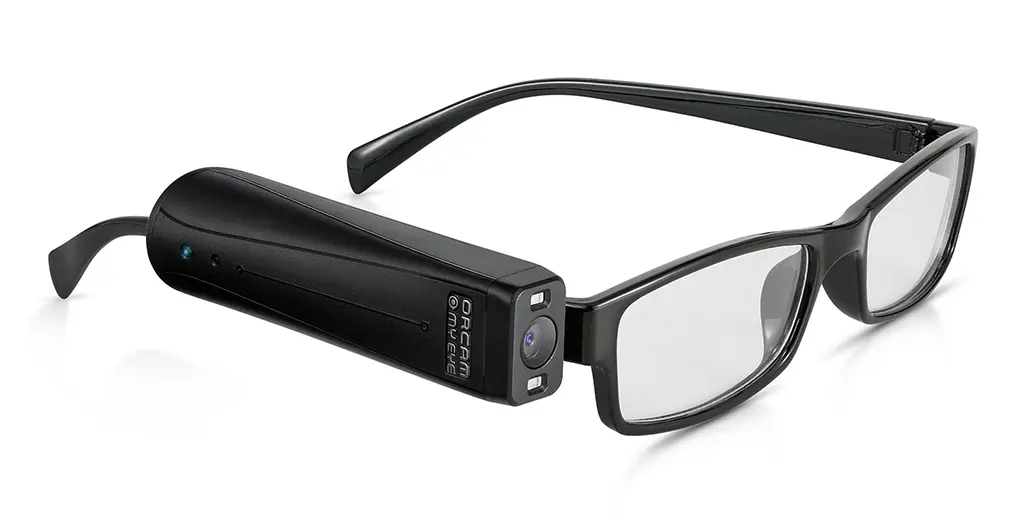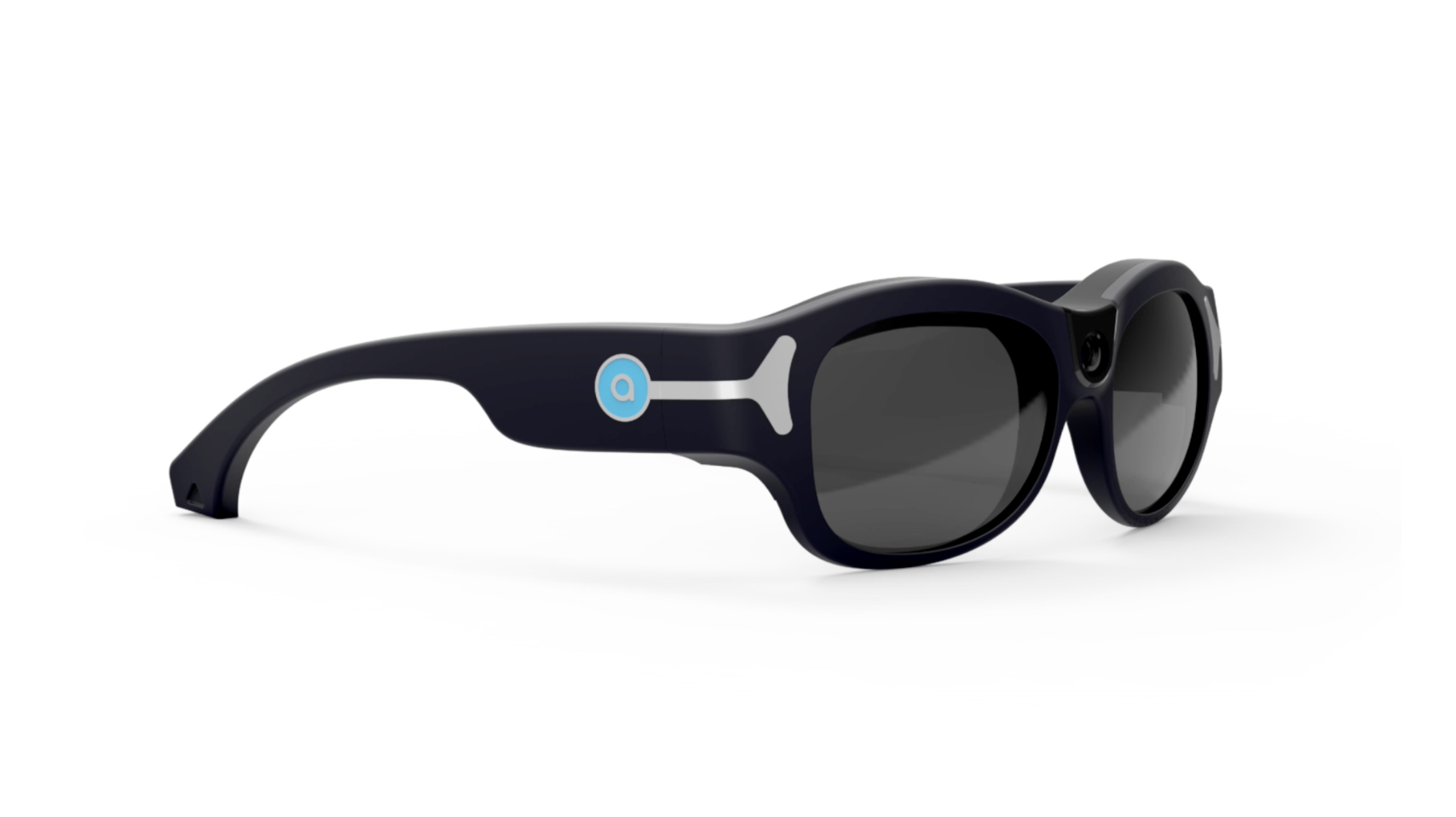Maximizing Efficiency with Screen Readers for the Blind: A Comprehensive Guide
Maximizing Efficiency with Screen Readers for the Blind: A Comprehensive Guide
Blog Article
Cutting-edge Solutions in Assistive Innovation for Visual Disability
The landscape of assistive technology for aesthetic problems is developing rapidly, providing a range of innovative solutions that enhance accessibility and freedom. From innovative mobile phone applications that help with navigating to wearable tools developed for real-time assistance, these devices are reshaping the experiences of those with visual impairments.
Improvements in Smartphone Applications
In recent years, improvements in smartphone applications have substantially changed the landscape of assistive technology for people with visual problems. These applications leverage the powerful sensing units and abilities of modern-day smart devices to provide individuals with devices that boost independence and availability in their day-to-days live.
Notable amongst these advancements are applications developed for things recognition, which use the smart device's electronic camera to identify things and supply spoken summaries. Such attributes equip individuals to browse their atmospheres much more successfully, whether identifying items in shops or finding personal belongings at home. Additionally, text-to-speech applications have enhanced drastically, enabling customers to catch printed text through their device's camera and obtain immediate audio comments, consequently facilitating reading and understanding.
Navigating applications customized for aesthetically impaired users have actually also emerged, using auditory assistance and detailed place info. These devices give critical support for mobility, enabling users to traverse unknown spaces with confidence. Community-driven applications have actually promoted social communication and resource sharing amongst people with visual problems, producing an encouraging network that enhances their high quality of life. On the whole, smart device applications have become vital allies in promoting freedom and access for individuals with aesthetic problems.
Wearable Instruments for Navigation
Wearable gadgets for navigation have actually arised as a groundbreaking option for individuals with visual disabilities, offering hands-free support that enhances wheelchair and orientation. These tools commonly utilize innovative modern technologies, consisting of GPS, ultrasonic sensors, and fabricated intelligence, to offer real-time feedback and instructions to individuals as they navigate their atmosphere.
One remarkable instance of wearable navigation modern technology is clever glasses, which can discover obstacles and relay auditory or haptic comments to the wearer, enabling safe and efficient activity in numerous setups. Various other gadgets, such as vests and belts furnished with sensors, can similarly notify users of their environments by providing alerts regarding nearby things or changes in terrain.
Furthermore, several wearable gadgets incorporate with smart device applications, allowing individuals to customize their navigation choices and receive tailored route recommendations. This customization can considerably improve the customer experience, equipping people to take a trip with better confidence and independence.
As technology continues to develop, the capacity for wearable navigation devices to improve the lifestyle for people with aesthetic problems stays considerable, leading the method for even more comprehensive and obtainable settings.
Smart Home Modern Technology Assimilation

In addition, smart home appliances equipped with responsive interfaces or auditory comments supply instinctive communications that provide particularly to the demands of those with visual disabilities. Smart refrigerators can announce their contents and expiration dates, while wise ovens can assist users through the food preparation process with audio directions.
Home automation systems, such as clever buzzers and security cameras, use comfort by permitting customers to obtain alerts and access live feeds by means of their mobile phones, enhancing individual security (AI-powered visual aids). Furthermore, integration with smartphones and tablets ensures that users can manage their home environment from anywhere within their facilities
As wise home innovation remains to develop, it holds the potential to transform the living experiences of people with visual problems, fostering freedom and boosting top quality of life in a significantly linked world.

Educational Tools and Resources
Access to reliable instructional tools and sources is critical for people with aesthetic disabilities, as it empowers them to engage completely in their learning experiences. Numerous assistive innovations have actually been developed to improve ease of access and foster independent understanding. Screen readers, as an example, transform message into speech, permitting students to accessibility digital material seamlessly. AI-powered visual aids. Furthermore, refreshable braille displays supply responsive feedback, making it simpler for students to connect with written material.
Moreover, academic software program particularly designed for aesthetically damaged individuals offers functions such as high-contrast modes and customizable text dimensions. These tools suit varied discovering designs and guarantee that trainees can customize their instructional experience to their requirements.
Additionally, accessibility to digital libraries and audio books increases the array of readily available discovering products, allowing pupils to discover topics detailed without the constraints imposed by conventional print sources. Collaborative platforms that integrate availability attributes likewise promote group jobs, guaranteeing that aesthetically damaged pupils can add meaningfully together with their peers.
Area Support and Engagement
A robust network of area support and engagement is necessary for individuals with click here to find out more visual impairments, promoting a comprehensive environment where they can grow. Neighborhood organizations, local campaigning for teams, and volunteers play a critical role in supplying sources, details, and companionship, which are crucial for improving the lifestyle for those impacted by aesthetic impairments.
Involvement activities such as workshops, get-togethers, and support teams not only promote ability development yet additionally promote social interaction, lowering sensations of seclusion. These campaigns motivate people to share obstacles, successes, and experiences, thus enhancing area bonds. Furthermore, collaborations with neighborhood companies can lead to higher ease of access in public rooms, even more integrating people with aesthetic problems right into the community.
Innovation also improves area involvement with on the read the full info here internet systems that supply digital support system and resources, permitting individuals to link despite geographical obstacles. By using both electronic and in-person solutions, areas can create an extensive assistance network. Inevitably, fostering cooperation amongst numerous stakeholders-- including family members, educators, and medical care experts-- guarantees that people with visual problems get the all natural support necessary to browse day-to-day live effectively and with dignity.
Verdict
Ingenious options in assistive modern technology for aesthetic disability substantially improve the lifestyle for people encountering these difficulties. The assimilation of smart device applications, wearable gadgets, wise home innovation, and instructional devices fosters higher self-reliance and ease of access. Community support and engagement more equip visually impaired individuals, promoting inclusivity and engagement in different facets of life. Jointly, these developments not just transform day-to-day experiences however additionally pave the method for an extra fair culture.
The landscape of assistive innovation for aesthetic disability is developing quickly, presenting an array of cutting-edge options that improve accessibility and self-reliance. Community-driven applications have cultivated social interaction and source sharing among individuals with visual disabilities, creating a supportive network that improves their top quality of life. In general, smartphone applications have actually become essential allies in promoting freedom and access for people with aesthetic problems.
Several people with aesthetic impairments are locating better freedom through the assimilation of clever home technology.Cutting-edge remedies in assistive modern technology for visual disability considerably boost the high quality of life for individuals doctor of optometry degree requirements facing these difficulties.
Report this page